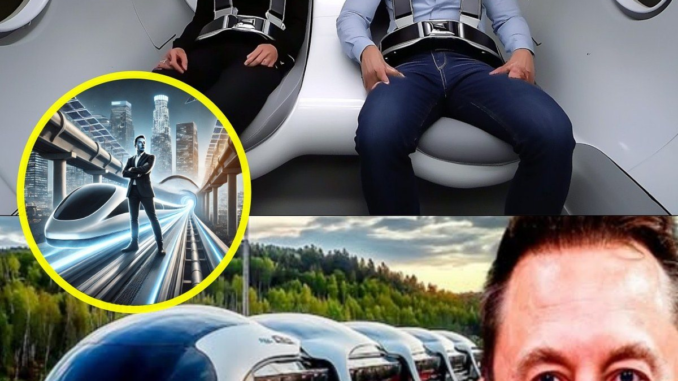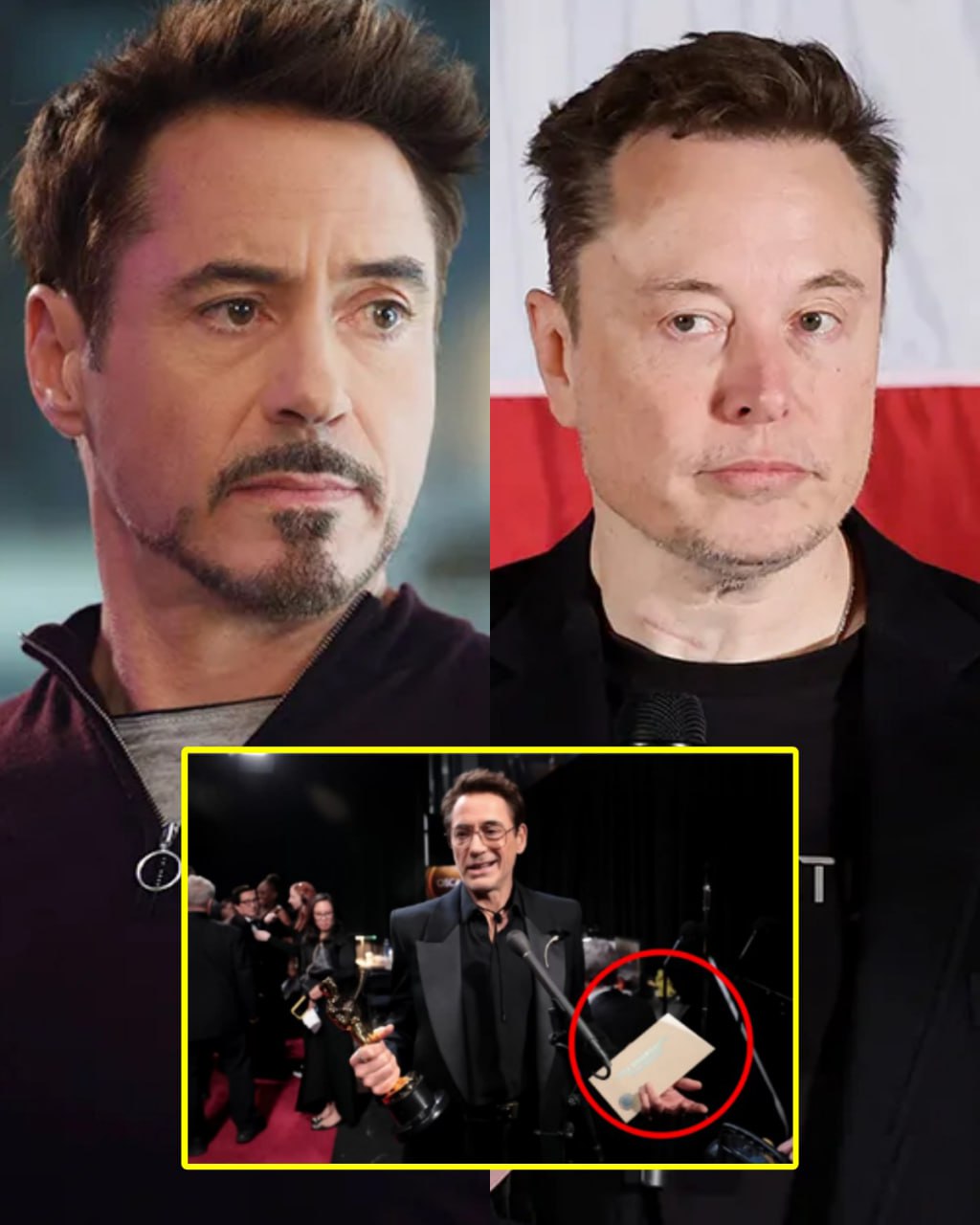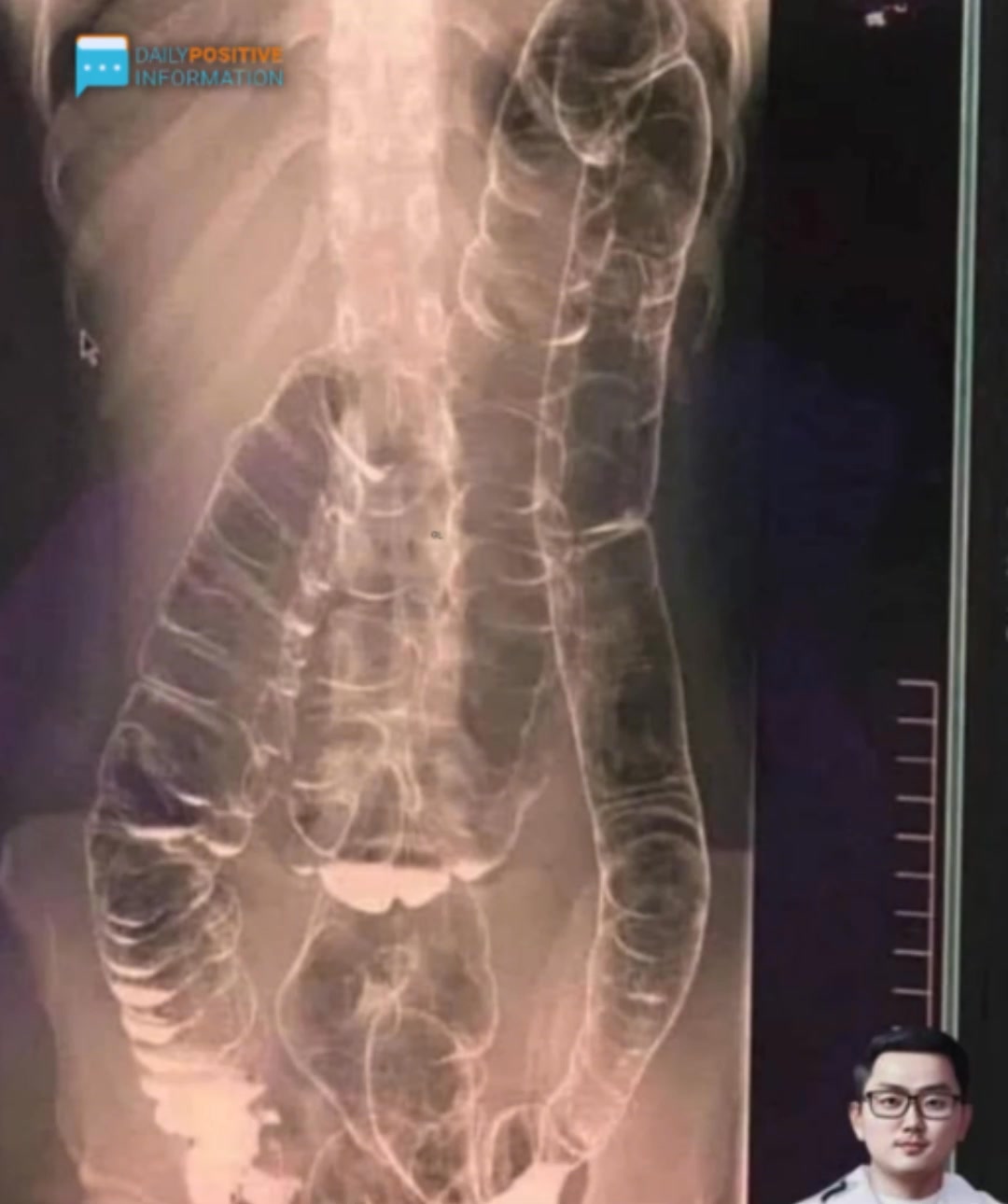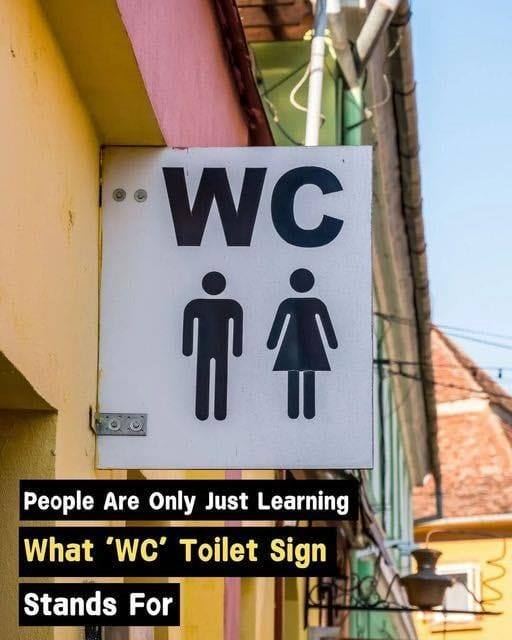
Elon Musk’s Hyperloop: A Revolutionary Leap in Transportation!
Elon Musk, the innovative entrepreneur known for transforming sectors such as automotive and aerospace, is now set to revolutionize the transportation landscape. His pioneering Hyperloop initiative promises astonishing speeds that will surpass those of airplanes, bullet trains, and even the most imaginative concepts. With the potential to reduce travel time between major cities like Los Angeles and San Francisco to a mere 35 minutes, Hyperloop is on track to become a transformative force in the realm of transportation.
Hyperloop: Speed That Exceeds Expectations
Let us begin with the astonishing velocity. The Hyperloop is engineered to travel at an incredible 760 mph, which is 13 times faster than a Boeing 747 and 1.7 times quicker than Japan’s renowned Shinkansen E5 bullet train. In essence, the Hyperloop is not merely fast; it operates in a category of its own. While a Boeing 747 can reach a maximum speed of 614 mph and the Shinkansen E5 achieves a commendable 199 mph, the Hyperloop surpasses these benchmarks effortlessly. Even experimental bullet trains that reach speeds of 275 mph are left far behind by the Hyperloop.
What enables this extraordinary speed? The answer lies in its innovative design. Hyperloop capsules, or pods, travel through low-pressure tubes that significantly reduce air resistance and friction. These pods are suspended on air cushions, utilizing advanced air bearings that eliminate contact with the surface, ensuring a remarkably smooth journey. Imagine an air hockey puck, but with enhanced capabilities.
The Technology Driving the Speed
The remarkable speed of the Hyperloop is not coincidental; it is the outcome of state-of-the-art technology. The pods are propelled by linear accelerators strategically positioned along the tubes, providing the necessary thrust. The tubes themselves are constructed from steel, featuring an outer diameter of 2.3 meters and an inner diameter of 2.2 meters, optimized to minimize drag. These tubes are supported by towers spaced 30 meters apart, ensuring stability and efficiency.The innovative concept of passive magnetic levitation (MagLev) is a key feature of Hyperloop. Unlike conventional MagLev systems that depend on a continuous power supply, Hyperloop utilizes magnets on its pods that interact with aluminum tracks, resulting in a cost-effective and frictionless journey. This technology enables the direct conversion of electrical energy into motion, allowing Hyperloop to achieve remarkable speeds while minimizing energy consumption.
Cost-Effective and Advanced Travel
Hyperloop is not solely focused on speed; it also emphasizes affordability. With ticket prices projected to be between $20 and $30, Hyperloop presents a groundbreaking alternative for long-distance travel. Envision traveling from Los Angeles to San Francisco in just 35 minutes for less than the price of a dinner. This represents not merely an enhancement in transportation but a transformation in lifestyle.
The design of Hyperloop accommodates 28 passengers per pod, with departures scheduled as frequently as every two minutes, or even every 30 seconds during peak times. Moreover, the system is not limited to passenger transport; a larger version is in development to carry three full-sized vehicles simultaneously. Picture loading your SUV into a tube and having it reach your destination faster than a plane could.
Safety and Sustainability: The Hyperloop Edge
Safety is a primary concern regarding Hyperloop, especially given the prospect of traveling at 760 mph within a tube, which may seem reminiscent of science fiction. However, Musk’s design incorporates safety features at every level. The tubes do not operate in a complete vacuum; instead, they maintain a low-pressure environment that allows passengers to breathe easily, even in the rare event of a malfunction. The pods utilize air bearings to float, eliminating friction and ensuring a seamless ride.Hyperloop’s dedication to sustainability is truly remarkable. The solar panels installed on the tubes produce sufficient energy to operate the system, establishing it as an environmentally friendly transportation option. In fact, Hyperloop has the capability to decrease CO2 emissions by 58% when compared to airplanes, providing a greener alternative to conventional travel.
A Transportation Revolution in Progress
Since Elon Musk unveiled the Hyperloop concept in 2012, the initiative has transformed from a visionary idea into a concrete reality. In 2017, Virgin Hyperloop successfully conducted its first full-system test in a vacuum setting, reaching speeds of 69 mph in just 5.3 seconds with an acceleration of 2Gs. By October 2020, Virgin Hyperloop made headlines once more by testing a passenger pod, demonstrating that the system is not only rapid but also safe for human use. The potential of Hyperloop extends well beyond passenger transport; it is also being designed for cargo transportation, presenting a groundbreaking solution for logistics. Envision reducing delivery times from Los Angeles to San Francisco from 6–8 hours by truck to merely 30 minutes with Hyperloop. This advancement is not only faster but also transformative for businesses, leading to lower storage expenses and enhanced efficiency.
Economic Impact and Market Opportunities
Hyperloop represents more than just a transportation system; it is an economic engine. Initial estimates indicate that constructing Hyperloop routes will require significantly less investment than developing high-speed rail systems. For instance, California’s High-Speed Rail costs approximately $178 million per mile, whereas Hyperloop is projected to cost only about $20 million per mile. The overall capital expenditure for a major Hyperloop route, such as the one connecting Los Angeles to San Francisco, is anticipated to be around $16.8 billion, encompassing infrastructure and technology development. Investors are already forecasting that Hyperloop could achieve financial viability within 8–10 years, with a market valuation of $15 billion by the decade’s end. With an annual growth rate of 30.3%, Hyperloop is poised to revolutionize transportation.The Future of Transportation: Hyperloop
Elon Musk’s Hyperloop represents more than a mere vision of the future; it signifies a transformative shift in transportation that is on the horizon. By the year 2030, Musk anticipates that Hyperloop will be a fully functional system, transporting passengers and freight across the nation at speeds that render airplanes comparatively slow. With its unparalleled velocity, cost-effectiveness, and eco-friendliness, Hyperloop is poised to change our perceptions of travel.
Are you prepared to embark on the journey of tomorrow? Hyperloop is set to render traditional high-speed rail and air travel as outdated concepts. Whether for daily commutes, leisure travel, or freight transport, Hyperloop offers a remarkable opportunity for a quicker, more sustainable, and interconnected world.
Stay alert—because the future of transportation is nearer than you realize. Hyperloop is not merely on the way; it is approaching at an astonishing pace!














